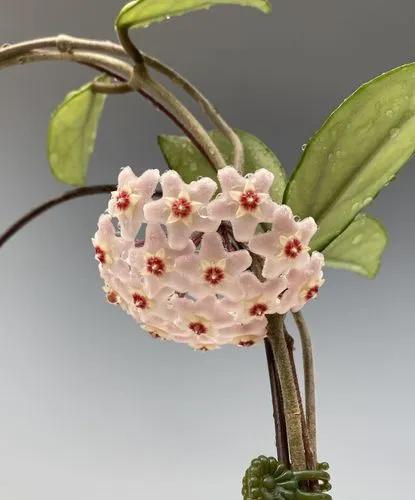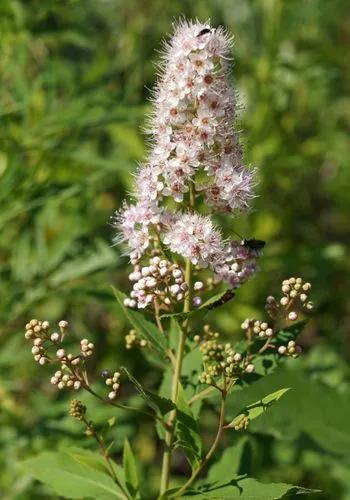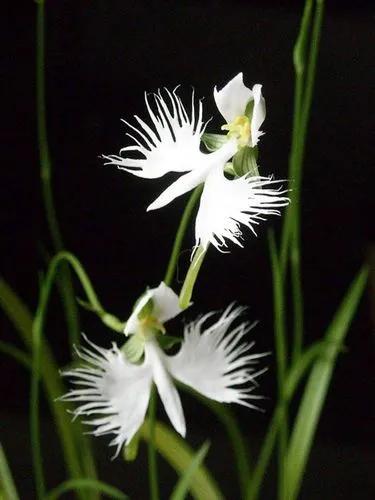The stem is cylindrical, densely leafy with fleshy, belt-shaped or roll-shaped, leathery, double-rowed leaves. The plants have powerful aerial roots of gray-green color. Inflorescences are erect or oblique, axillary, racemose, loose, few or many-flowered. The flowers are small to large, often brightly colored and variegated, sometimes fragrant. Plants are thermophilic (require a temperature of 22-25), very light-loving, demanding air humidity (70-90 %).
Vanda Care
Orquidia Vanda



How to Care for the Plant

Water

Vandas require a great deal of water. In fact, in periods of high temperatures they might need to be watered twice a day. Otherwise, you'll most likely still have to water once a day, though you should back off to roughly once a week during winter dormancy. During the growing season, the growing medium should be consistently moist but not soggy.

Pruning

Vanda orchids are famous for having unruly roots that are hard to contain. You may want to trim your vanda orchid's roots simply because they are getting out of hand. While it's not advisable to trim them simply for appearance, you can cut these roots safely if they are brittle or black.

Fertilizer

Vandas are heavy feeders, and well-fed plants bloom better. Fertilize weekly with a balanced 20-20-20 fertilizer throughout the growing season. You can switch to a high-phosphorus fertilizer on every third application to promote better blooms. During cool weather, cut back the fertilizer to every two to four weeks.

Soil

Soil Type: Soilless growing medium, such as peat moss or bark Soil pH: 6.4—6.8 (slightly acidic)

Temperature

Temperatures for most vandas should be warm; a minimum night temperature of 55° F is recommended. Colder spells can be tolerated for a short time if it is not windy. Optimum temperatures are 60° to 70° F at night, and a maximum of 95° F during the day.

Additional

Not toxic for animals Vanda or Vanda Orchid is a highly prized orchid valued for its large, fragrant, and long lasting flowers that come in many rich and vibrant colours, including blue, red, pink and yellow. Flowers grow to be 1-4 inches in diameter. The flower spikes will typically carry 8-10 blooms and arise from the base of the leaves.

Popularity

257 people already have this plant 28 people have added this plant to their wishlists
Discover more plants with the list below
Popular articles






